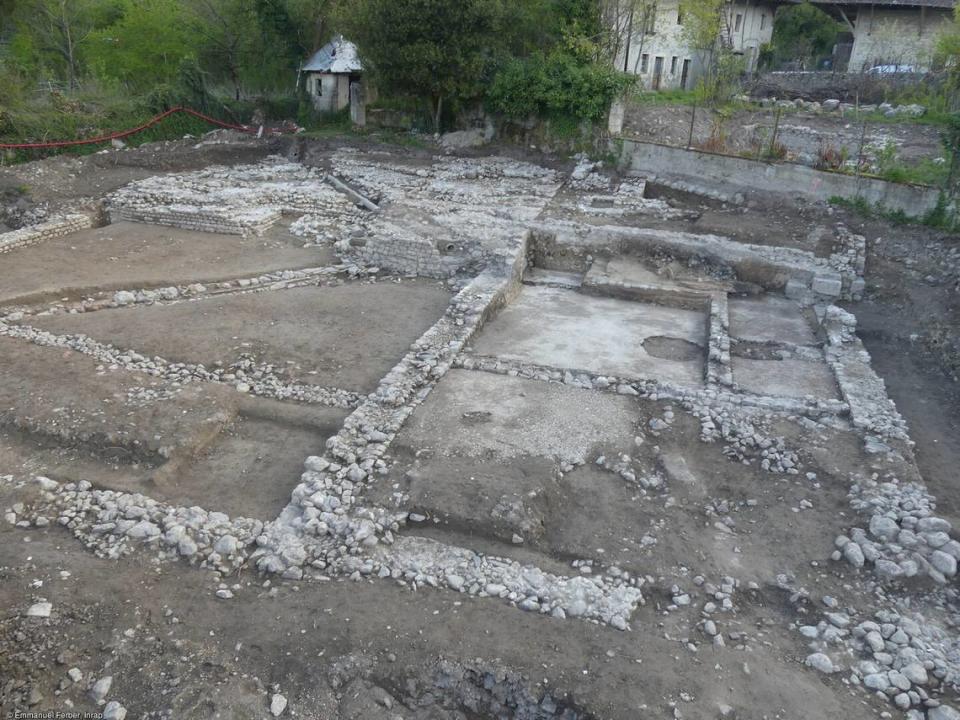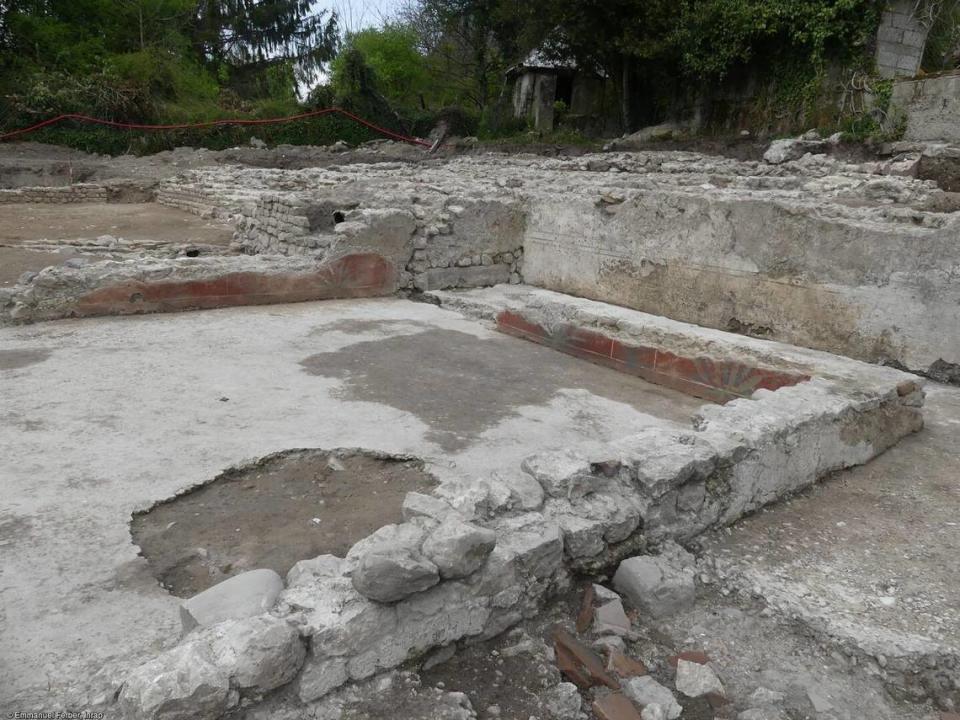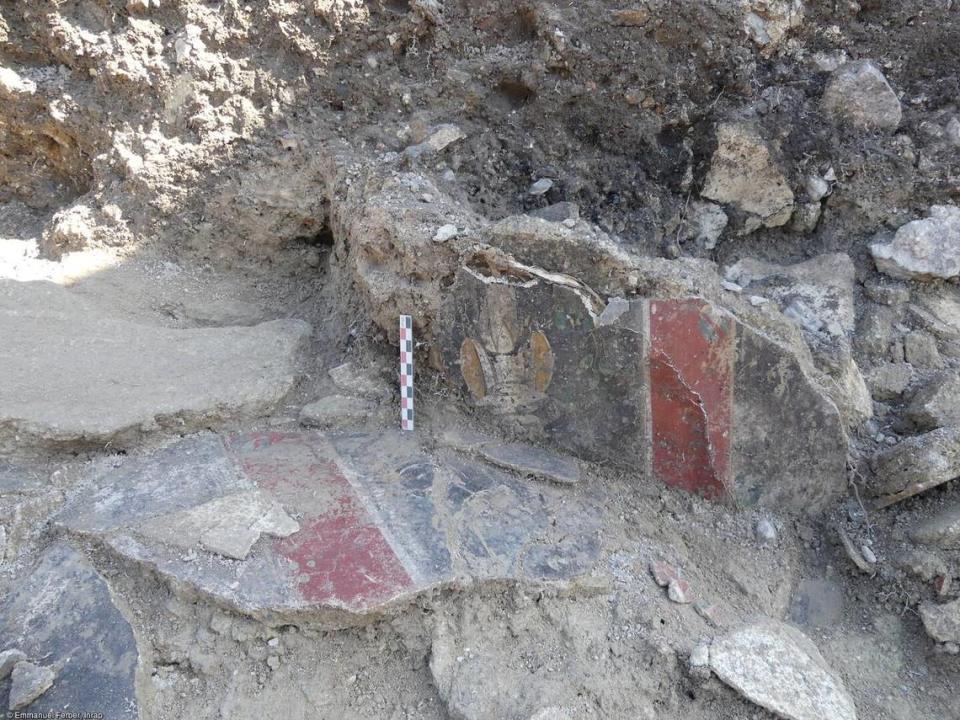Ancient Roman resort, with waterfall-fed swimming pool, found in France. Take a look
Along a river in southern France sits a once-elaborate complex. The structure crumbled under century after century of abandonment and neglect, becoming a shadow of its former self.
Archaeologists were called to Yenne, Savoie, to survey the site before construction began on a detached house, France’s National Institute for Preventive Archaeological Research said in a Feb. 28 news release.
Looking at aerial photographs of the planned construction site, archaeologists realized the area may have Roman ruins. Initially, they suspected the ruins were part of a temple or sacred space.
But as they began excavating the site in 2020, researchers quickly realized they were wrong.
Instead of uncovering a temple, archaeologists unearthed an elaborate bathing complex, the release said.
The ancient Roman resort was situated along the bank of the Rhône river near a waterfall that was used to supply the bath complex. Mineral remnants from the waterfall matched remnants found in the pipes of the resort, experts said.

The bathing complex was built in the second century and abandoned at the end of the fourth century, archaeologists said.
This period overlaps with Roman rule of Savoie, or Savoy, which began in 121 B.C. and lasted until the Frankish Kingdom took control of the area in the fifth century A.D., according to Britannica. The Frankish Kingdom later evolved into modern-day France.
Yenne, Savoie, is about 325 miles southeast of Paris.
The 1,800-year-old resort ruins included a section with three rooms and fragments of a heating system, the release said. These rooms were likely used as a warm room, moderate room and cold room.
Another section of the 1,800-year-old complex had a large basin once used as a swimming pool. The ruins also had an open section that likely housed a garden, experts said.
Decorated wall fragments of two more rooms were uncovered. Photos show the two designs. One decoration shows gray-green lines arranged in a bush-like shape on a deep red background.

The second design had red, white, and black vertical stripes, a photo shows. On the black stripe is an ambiguous orange shape. Faded green vines creep across the stripes.

Archaeologists aren’t certain what use these decorated rooms had. The rooms could have served as a cloakroom, library, shop or other reserve space, the release said.
After the thermal bath complex was abandoned, the site was used as a stone quarry.
Researchers expect future excavations of the nearby area will reveal the ruins of buildings connected to the bath complex.
Google Translate was used to translate the news release from France’s National Institute for Preventive Archaeological Research (INRAP).
1,800-year-old Roman pools buried under a house in Spain are reopening. Look inside
Ancient tomb with ‘bridge of immortality’ found in China. It promised an eternal love
Ancient sphinx statue unearthed in Egypt depicts a Roman emperor, experts say

